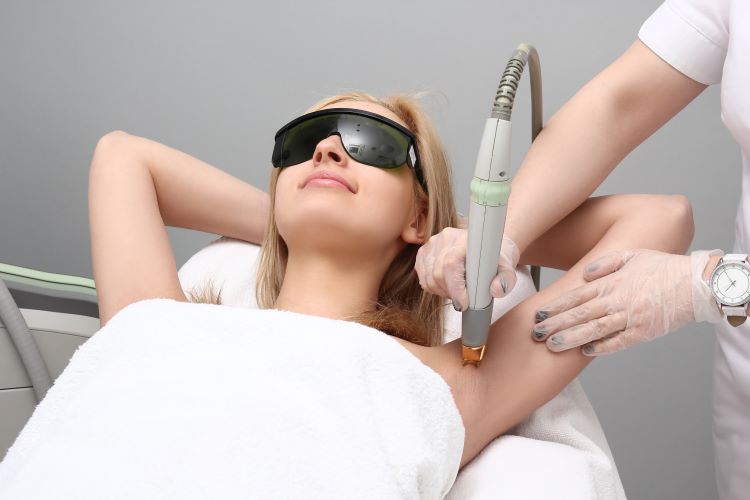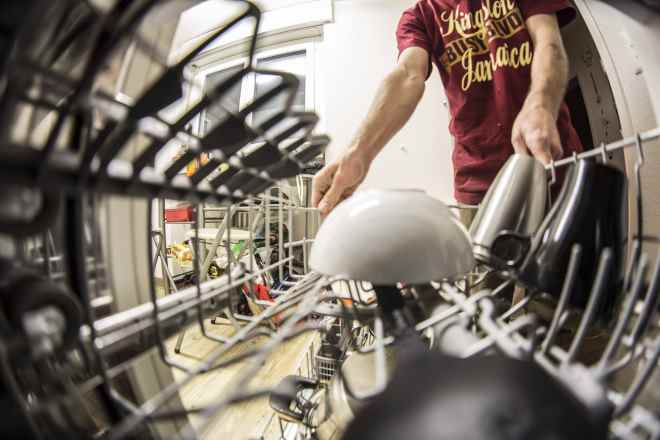Discover Comfortable Laser Hair Removal Experiences
Laser hair removal has become a common option in modern beauty care. When selecting services, attention often focuses on comfort during sessions, treatment frequency, and the professional environment offered by different providers. Technological advancements have made laser procedures gentler, suitable for various skin types, and standardized to minimize discomfort. Providers typically explain device features, treatment cycles, and common precautions to support informed decision-making. Understanding the service environment, procedural steps, and professional care measures can help assess the suitability of different hair removal options. Whether for first-time sessions or periodic maintenance, gathering information beforehand clarifies expectations and considerations, aiding in selecting a suitable approach among multiple options.

How Does Smooth Skin Hassle-Free Treatment Work?
The laser hair removal process relies on selective photothermolysis, where laser light targets the melanin in hair follicles. The concentrated energy heats the follicle, damaging it enough to significantly slow future hair growth. Modern laser systems are designed with cooling mechanisms and adjustable settings to minimize discomfort while maximizing effectiveness.
Most people describe the sensation as similar to a rubber band snapping against the skin, though this varies depending on individual pain tolerance and treatment area. The procedure has evolved considerably, with newer technologies offering enhanced comfort features like built-in cooling systems and adjustable pulse durations that adapt to different skin types and hair colors.
What Makes Quick Sessions Lasting Comfort Possible?
Treatment sessions are typically much shorter than many people expect. Small areas like the upper lip or underarms can be completed in just a few minutes, while larger areas like legs or back may take 30-60 minutes. The efficiency comes from modern laser systems that can treat multiple hair follicles simultaneously with each pulse.
The “lasting comfort” aspect refers to both the immediate post-treatment experience and long-term results. Advanced cooling technologies integrated into modern laser systems help maintain skin temperature during treatment, reducing discomfort significantly. Most clients can return to normal activities immediately after their session, though some may experience mild redness that typically subsides within a few hours.
Long-term comfort comes from the gradual reduction in hair growth over multiple sessions. As treatments progress, clients notice less hair regrowth, finer hair texture, and eventually, smooth skin that requires minimal maintenance compared to traditional hair removal methods.
How to Find the Right Spot Nearby for Treatment?
Selecting an appropriate facility involves several important considerations beyond simple location convenience. Look for establishments that employ licensed professionals, preferably dermatologists, plastic surgeons, or certified laser technicians with specific training in laser hair removal procedures.
Research the types of laser equipment used at different facilities. FDA-approved systems like Alexandrite, Diode, Nd:YAG, and IPL (Intense Pulsed Light) each have specific advantages for different skin types and hair colors. Reputable facilities should offer consultations to assess your skin type, hair characteristics, and treatment expectations.
Reading reviews and checking credentials can provide valuable insights into the quality of service and results. Many facilities offer virtual consultations or detailed information about their equipment, staff qualifications, and treatment protocols on their websites.
Understanding the Treatment Process and Timeline
Laser hair removal requires multiple sessions because hair grows in cycles, and the laser is most effective during the active growth phase. Most people need 6-8 sessions spaced 4-8 weeks apart, depending on the treatment area and individual hair growth patterns.
The initial consultation typically includes a patch test to determine your skin’s response to the laser and establish appropriate settings. During this visit, technicians assess factors like skin tone, hair color and thickness, medical history, and any medications that might affect treatment.
Between sessions, it’s important to avoid sun exposure, waxing, or plucking in treated areas. Shaving is permitted and often recommended before appointments. Following post-treatment care instructions helps ensure optimal results and minimizes any potential side effects.
Comparing Laser Hair Removal Providers and Costs
| Provider Type | Average Cost Per Session | Key Features |
|---|---|---|
| Dermatology Clinics | $200-$400 | Medical supervision, advanced equipment |
| Medical Spas | $150-$350 | Spa environment, certified technicians |
| Chain Laser Centers | $100-$250 | Package deals, multiple locations |
| Plastic Surgery Offices | $250-$450 | Comprehensive aesthetic services |
Prices, rates, or cost estimates mentioned in this article are based on the latest available information but may change over time. Independent research is advised before making financial decisions.
The total investment for complete treatment varies significantly based on the size of the treatment area, number of sessions needed, and geographic location. Small areas like upper lip or chin may cost $1,200-$2,400 for a complete treatment series, while larger areas like full legs can range from $2,400-$6,000.
Many providers offer package deals that reduce the per-session cost when multiple treatments are purchased upfront. Some facilities also provide financing options or seasonal promotions that can make treatment more accessible.
Safety Considerations and Expected Results
Laser hair removal is generally safe when performed by qualified professionals using appropriate equipment. However, certain factors can affect candidacy, including pregnancy, certain medications, active skin conditions, or recent sun exposure. A thorough consultation helps identify any potential contraindications.
Results vary among individuals, but most people experience 70-90% permanent hair reduction after completing their treatment series. Remaining hair is typically finer and lighter in color. Occasional touch-up sessions may be needed over time, especially for hormonal changes that can stimulate new hair growth.
Understanding realistic expectations, following proper aftercare instructions, and choosing qualified providers are key factors in achieving optimal results from laser hair removal treatments.
This article is for informational purposes only and should not be considered medical advice. Please consult a qualified healthcare professional for personalized guidance and treatment.




